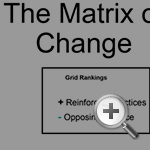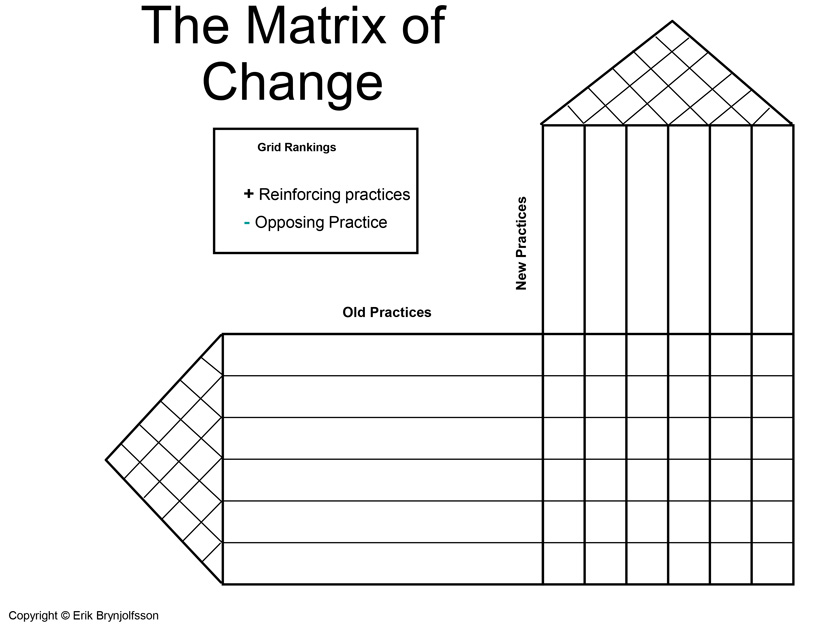Big Data and Big Change Management: A Path Forward
During a recent executive education course, MIT professors impart change management strategies.
Topics
Competing With Data & Analytics
MIT Sloan School of Management recently held a two-day executive education course, Big Data: Making Complex Things Simpler, designed to provide executives with both an overview of big data and a few techniques to harness some of the elusive power of that data.
During the event, MIT researchers Alex “Sandy” Pentland and Erik Brynjolfsson talked about the big picture of big data and the finer aspects of utilizing data, from building trend models based on free Google data, to combining disparate data sources to create new business models.
But in all the classroom discussions that surfaced around the big issues from big data — privacy, security, costs, infrastructure, data volume, data quality, and data governance — the reality that many organizations grapple with is change management: whether or not they can manage the human and process changes necessary to make the most of their analytics initiatives.
Bottom line: the real question is whether or not they can change the culture of their organization.
Consider the experience of one course participant, who talked about how her organization, a software company with 100 million customers, is struggling to implement a new analytics program that will enable both multi-channel customer communications and upselling. To achieve these goals, the company needs to change the way it handles sales data (replace batch processing of sales information with real time processing) and communicates with customers (replace blanket email communications with more personalized, one-on-one communications).
In other words, a significant amount of human and process change management would be required to make this analytics initiative work. This, of course, is a big bottleneck.
Figure 1: Matrix of Change
Matrix of Change model by Erik Brynjolfsson
“Internally our discussion was with IT, around what the new program is going to cost,” the student explained to the class. “We went from $3 million to $10 million. Then we hired a consultant. While there was a lack of scope planning, really what it turns out to be is very emotional. Now we’re evaluating whether this project is even worth it.�


 View Exhibit
View Exhibit
Comment (1)
Mark van Rijmenam